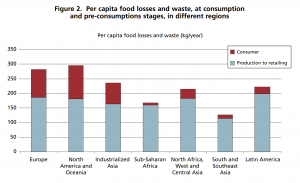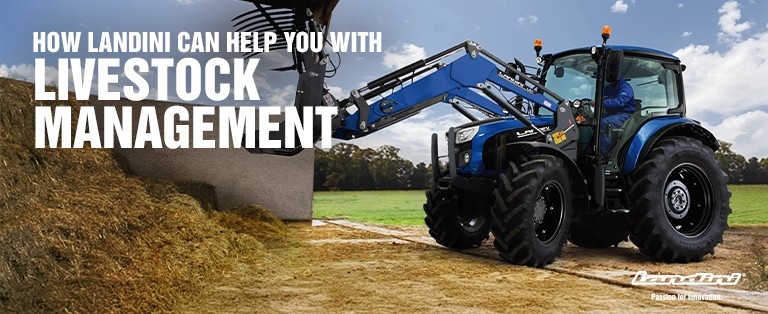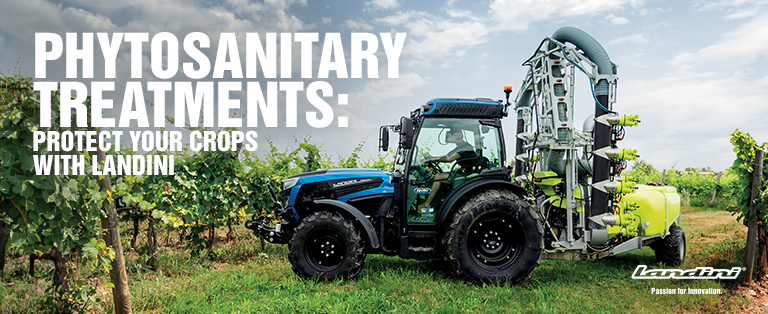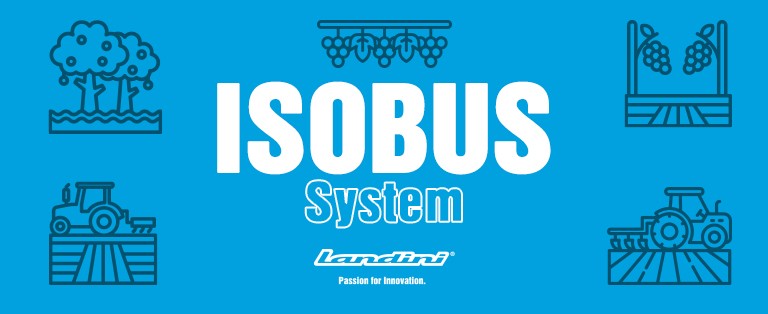Food waste: a challenge that concerns us all
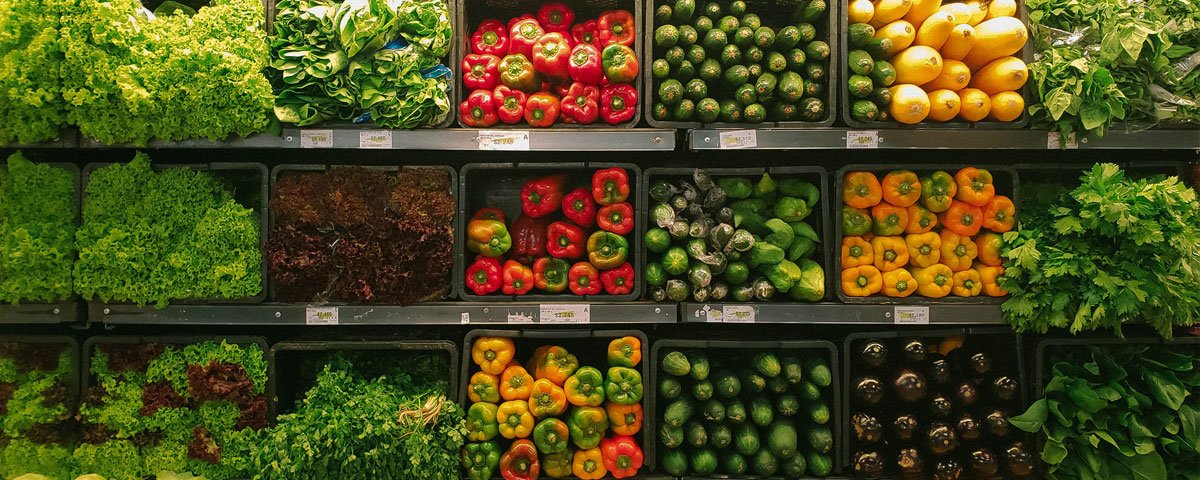
Throughout the food chain (from the producer to the consumer), a large amount of food destined for human consumption is wasted. According to a FAO study on food waste, each year the amount of food wasted is about a third of that produced.
This phenomenon has important repercussions because producing food requires efforts, resources and investments, with both an economic and environmental impact.
The food supply chain uses water and phytopharmaceutical resources in addition to various types of energy sources (for agricultural machinery, transport, conservation and distribution). Reducing waste therefore means improving the efficiency of production and reducing the exploitation of natural resources, which is why we need to know better.
What is food waste?
When we talk about food waste, we refer to 2 complementary concepts: food loss and food waste. What do these expressions mean?
- food loss generally means the amount of food that is accidentally dispersed or ruined during the production, post-harvest, processing and distribution phases in the supply chain.
- However, with food waste, we typically refer to food that reaches the final stage of the food supply chain, i.e. finished products that are discarded, for example because they have deteriorated or expired. This is mainly (but not exclusively) a process that concerns the moment of retail sale and consumption of the products.
Which countries waste the most food?
Overall, the industrialised countries are undoubtedly the ones that waste the most food, but the percentage of waste exceeds that of the developing countries only by a small margin. This phenomenon is explained by the fact that food waste can occur at various stages of the supply chain:
- in developing countries waste occurs mainly in the food production and processing phase (over 40% of waste), while in the more industrialised countries the opposite applies, i.e. 40% of waste occurs at the retail and consumer levels
- in industrialised countries, waste occurs mainly in the final stage, i.e. when food reaches the consumer. In Europe and North America, a consumer wastes on average 95-115 kg per year, while in sub-Saharan Africa and South-East Asia waste per consumer stops at 6-11 kg per year.
Source: FAO
What causes food waste?
In developing countries, the causes of food waste are mainly related to limitations in terms of business and technical management of food collection, storage and transport, as well as issues relating to infrastructure and packaging.
However, in the most industrialised countries, these are mainly linked to a lack of coordination between the different operators involved in the supply chain, as well as consumer behaviour. Meeting certain quality standards may, for example, lead to certain products being discarded because of their shape or appearance. Furthermore, a large amount of food is wasted due to lack of planning by buyers. This may lead to the expiration of various products before they are consumed.
What solutions can be adopted to reduce food waste?
In order to reduce food waste and improve resource efficiency, there are a number of solutions that can be applied.
In developing countries in particular, investments are needed to strengthen infrastructure and transport, while producers need to be involved to improve harvesting, storage and packaging solutions.
In industrialised countries, on the other hand, it is necessary to involve distribution, retail and consumers to develop strategies to find a balance between the amount of food produced and what is really needed. This also includes training consumers for a conscious and sustainable attitude towards food.
At Landini, we stand side-by-side with those who work in the agricultural industry, to help them face everyday challenges through cutting-edge, reliable, and easy-to-use tractors. Contact our dealers to find the tractor that best meets your needs:

